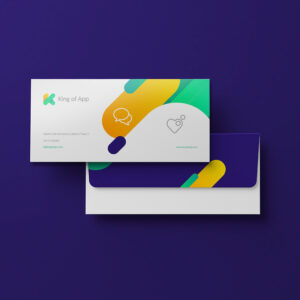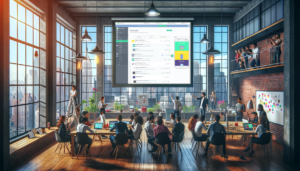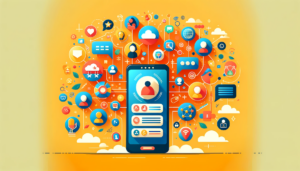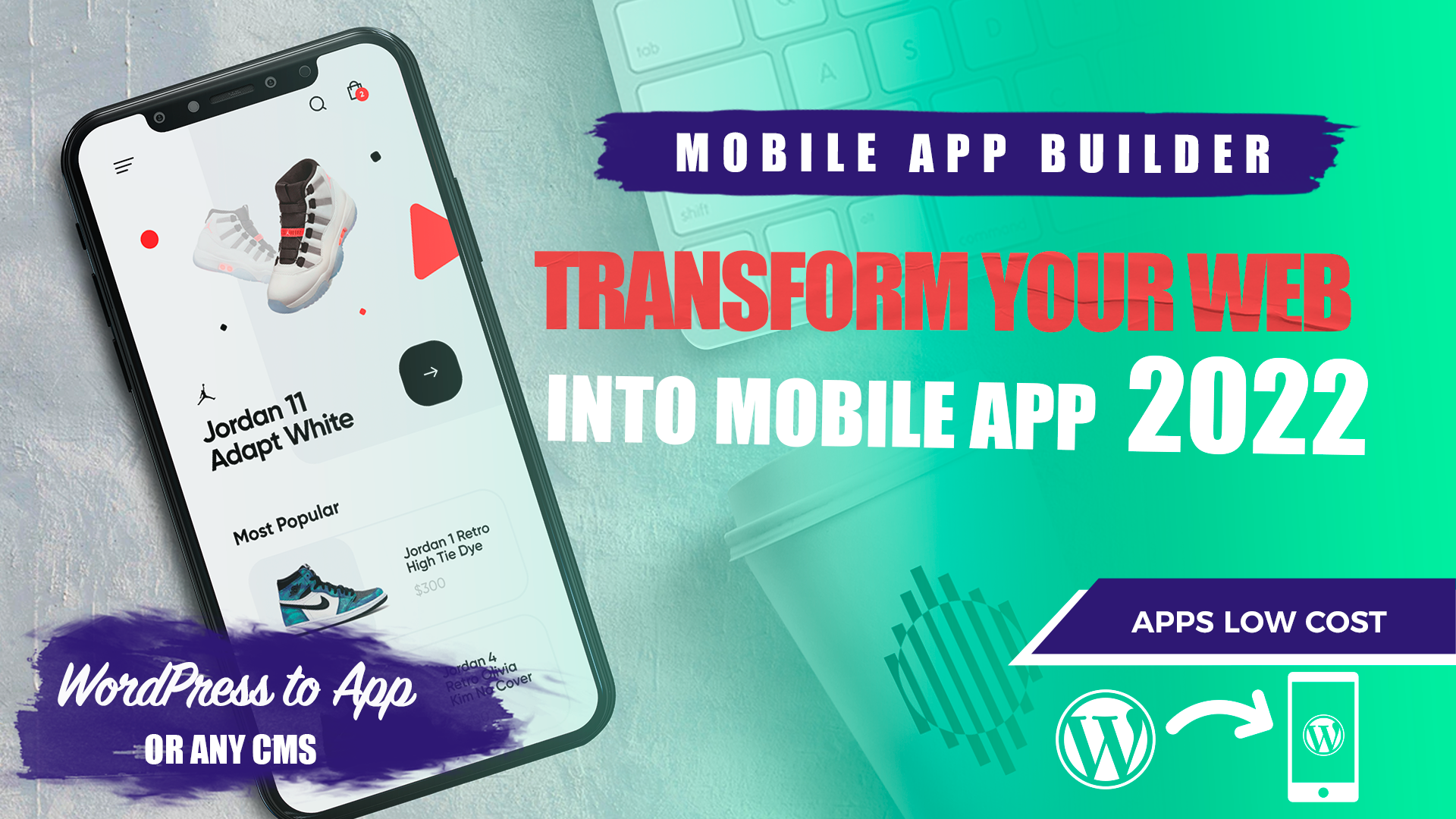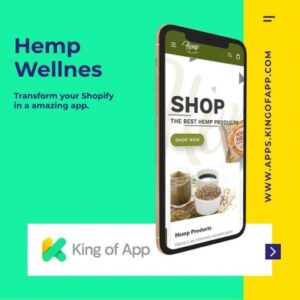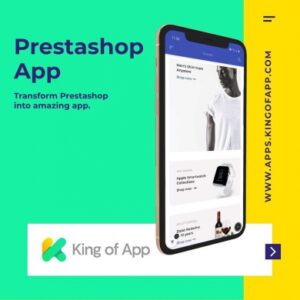All companies need technology to grow. Some companies set trends while others take advantage of innovations to improve their existing products or services. Innovations can bring new business and customer relationship opportunities. Know the current mobile app trends and apply the best for your company.
IoT + Wearables Apps
Initial implementations of banking apps for smartwatches – such as St George Bank (Australia) and ScotiaBank (Canada) – tend to be aimed at simpler actions such as checking your account. Most of these portable apps leverage the existing functionality of mobile banking applications to create a more efficient method of interaction and authentication.
Wearable apps are growing so fast, to the extent that there even exists a smartwatch to park a BMW. US tech giant Cisco Systems said that the wearable technology will be the next “smartphone”, the company believes there could be as many as 50 billion wearables devices connected to the internet by 2020.
Mobile payments
Big companies and entrepreneurs must be prepared to receive mobile payments as the trend seems to be irreversible. This option is especially interesting for micro and small entrepreneurs, because they are more flexible, less bureaucratic and have lower cost than traditional methods.
According to eMarketer, the m-commerce forecasts will surpass $300 billion in 2020. These numbers force Apple and Google to make security their top most priority.
On-demand apps
Applications that facilitate the hiring of services or products, such as Uber, should continue to rise. Not all companies will survive in the long run, only those who can fulfil a real consumer need and provide a friendly experience.
Augmented Reality/Virtual Reality Apps
The concepts of augmented reality and virtual reality are already, forgive the redundancy, a reality. The best example of this was the release of the game “Pokémon GO“. The augmented reality game mixes real places with virtual characters.
Apps will slowly invade our lives, not just through gaming. Fashion, retail and even education are some of the fields that will be most affected. For example, the American university Case Western Reserve has introduced an augmented reality educational solution with the Hololens goggles that allows you to view anatomy lessons from the human body, an expanded version of Anatomy 4D app. This is mainly used to understand the size, volume, and arrangement of organs within the body. Do you still think we will need corpses to teach medicine?
The demand for immersive experiences across many industries will surge this year.
Enterprise apps and BYOD
Employees have started to use personal devices such as mobile phones, tablets and notebooks for corporate purposes.
Companies must now manage of this environment, in order to exploit the real benefits that BYOD offers, such as increasing productivity, improving customer service and optimizing time for activities.
As more organizations embrace the ‘Bring Your Own Device‘ model, we are going to see a rise in demand for hybrid enterprise apps.
Gartner Group points to hybrid applications – which allows information to be processed on the mobile device itself, whether it is online or offline – as the future of enterprise mobility in mobile application development.
For sales professionals, for example, this type of solution could make a big difference, since the applications are not restricted to environments that depend on an internet connection.
Cloud based apps
We are living the second wave of Cloud Computing. The strong trend, starting early 2017, is a fast migration of companies to cloud based infrastructure.
Cloud computing has the potential to develop apps that require integration with IoT, wearables, artificial intelligence, etc. Therefore, the development of mobile applications with cloud support should be in high demand.
App security
The role of IT is to help employees across the business work with data stored in or out of the cloud using self-service analysis. Software-as-a-service (SaaS) applications are proliferating, but IT needs to approve their use to ensure security, i.e. if the applications are reliable, require support, if permissions are granted properly, etc. IT should avoid polluting the data ecosystem, so that everyone can analyze the data safely.
Cloud-hosted apps made this a lot easier. Now IT can closely monitor various types of problems, such as authentication and data permission. Ensuring that everyone is working with the right data has never been easier. This also causes less concern for users because they know they are working with secure data. The function of IT is now of guiding users to safe and productive areas.
As you have been able to verify, adapt and be up to date is paramount when it comes to creating your application. Follow these trends and you will see how your app improves and your target audience increases.


